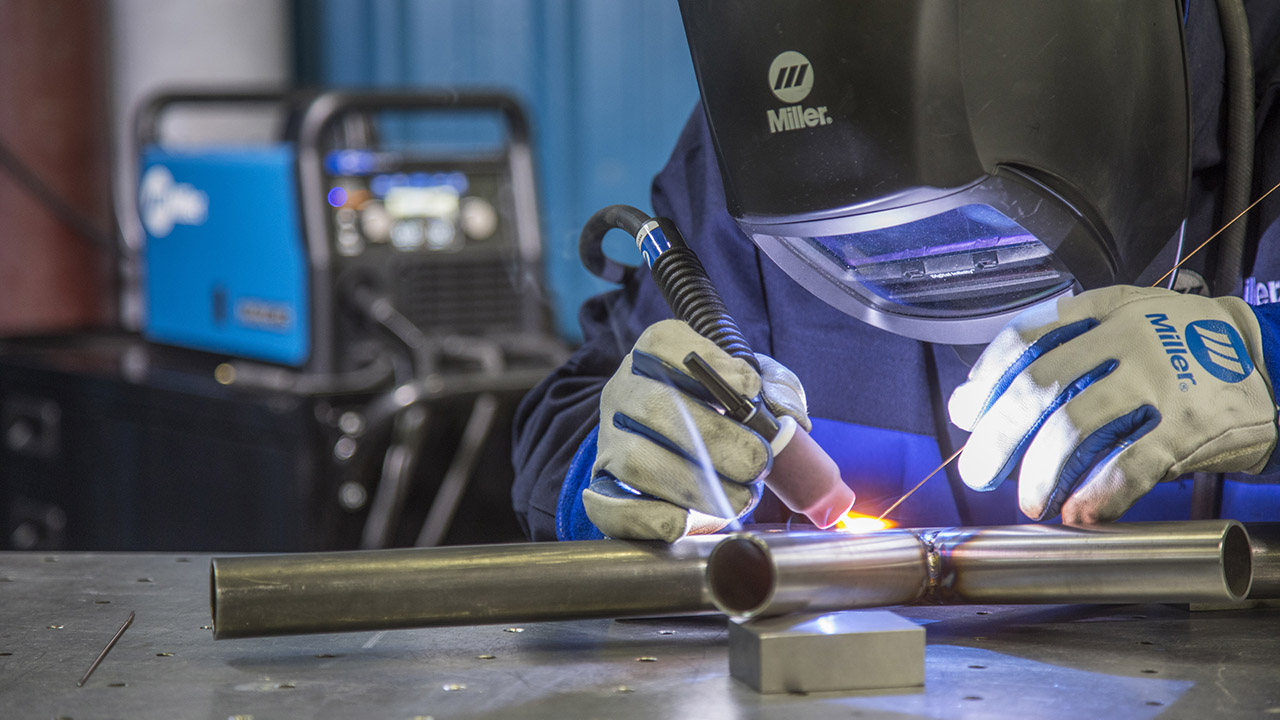Optimizing Your Welding WPS: Methods for Improved Efficiency and Performance
Unlocking the Power of Welding WPS: Techniques for Effectiveness and Security in Fabrication
In the realm of fabrication, Welding Treatment Requirements (WPS) stand as the foundation of welding procedures, dictating the required steps for achieving both performance and security in the fabrication procedure. Comprehending the complexities of WPS is paramount to utilizing its complete capacity, yet numerous organizations battle to open truth power that lies within these documents (welding WPS). By diving into the approaches that enhance welding WPS, a world of enhanced performance and increased security awaits those going to check out the nuances of this vital facet of manufacture

Relevance of Welding WPS
The value of Welding Treatment Specs (WPS) in the construction industry can not be overemphasized. WPS function as an important roadmap that lays out the essential actions to make sure welds are done consistently and correctly. By specifying important specifications such as welding procedures, products, joint designs, preheat temperatures, interpass temperatures, filler metals, and post-weld heat treatment demands, WPS offer a standard approach to welding that boosts efficiency, quality, and security in construction procedures.
Adherence to WPS aids in attaining uniformity in weld quality, decreasing the likelihood of problems or architectural failures. This standardization additionally facilitates conformity with market policies and codes, guaranteeing that made frameworks meet the required security standards. Additionally, WPS documentation allows welders to reproduce effective welding procedures, bring about regular results across various tasks.
Essentially, the precise development and rigorous adherence to Welding Treatment Specs are paramount for supporting the stability of welded frameworks, securing against potential dangers, and maintaining the online reputation of manufacture firms for delivering high-quality products and solutions.
Secret Components of Welding WPS
Enhancing Effectiveness With WPS
When enhancing welding procedures, leveraging the vital components outlined in Welding Treatment Specs (WPS) becomes important for simplifying processes and making the most of performance. One means to boost performance with WPS is by meticulously picking the suitable welding criteria. By sticking to the certain standards given in the WPS, welders can make sure that the welding devices is established up appropriately, causing constant and top quality welds. Additionally, complying with the pre-approved welding sequences described in the WPS can substantially lower the time invested in each weld, inevitably raising overall productivity.
Furthermore, correct training and certification of welders in understanding and applying WPS can even more enhance effectiveness. Making certain that all employee are fluent in translating and executing the WPS precisely can revamp and lessen errors, conserving both time and sources. Routinely evaluating and updating the WPS to incorporate any lessons discovered or technological advancements can additionally add to performance enhancements in welding operations. By accepting the standards set forth in the WPS and continually seeking ways to enhance procedures, fabricators can accomplish higher effectiveness degrees and remarkable outcome.
Ensuring Security in Fabrication

Security protocols in construction play a pivotal duty in safeguarding personnel and enhancing functional treatments. Guaranteeing security in fabrication entails a diverse approach that encompasses different aspects of the welding process. One essential aspect is the provision of individual safety tools (PPE) tailored to the particular hazards existing in the construction atmosphere. Welders need to be geared up with suitable equipment such as helmets, gloves, and safety garments to reduce risks connected with welding activities.
Additionally, adherence to proper ventilation and fume extraction systems is vital in keeping a healthy workplace. Welding fumes include dangerous materials that, if inhaled, can view website posture significant wellness threats. Executing effective air flow steps aids to decrease direct exposure to these harmful fumes, promoting respiratory health amongst employees.
Normal tools maintenance and evaluations are additionally important for making sure safety and security in manufacture. Defective equipment can bring about injuries and mishaps, highlighting the significance of routine checks and timely repairs. By focusing on safety steps and fostering a culture of awareness, construction centers can create a secure and productive workplace for their workers.
Applying WPS Ideal Practices
To enhance functional efficiency and make certain top quality outcomes in construction processes, integrating Welding Treatment Requirements (WPS) ideal practices is critical. Selecting the proper welding procedure, filler material, and preheat temperature defined in the WPS company website is crucial for achieving the preferred weld top quality. Ensuring that qualified welders with the essential certifications carry out the welding procedures according to the WPS guidelines is essential for consistency and dependability.
Final Thought
In conclusion, welding WPS plays an essential duty in site here guaranteeing effectiveness and security in construction processes. By complying with these approaches, organizations can unlock the full potential of welding WPS in their construction procedures.
In the world of fabrication, Welding Treatment Specifications (WPS) stand as the backbone of welding procedures, determining the essential steps for achieving both efficiency and safety and security in the fabrication process. By specifying crucial specifications such as welding procedures, products, joint styles, preheat temperatures, interpass temperature levels, filler metals, and post-weld warm therapy demands, WPS offer a standard method to welding that enhances efficiency, quality, and safety in manufacture procedures.

When maximizing welding operations, leveraging the crucial components detailed in Welding Procedure Requirements (WPS) becomes vital for making best use of and simplifying procedures performance. (welding WPS)